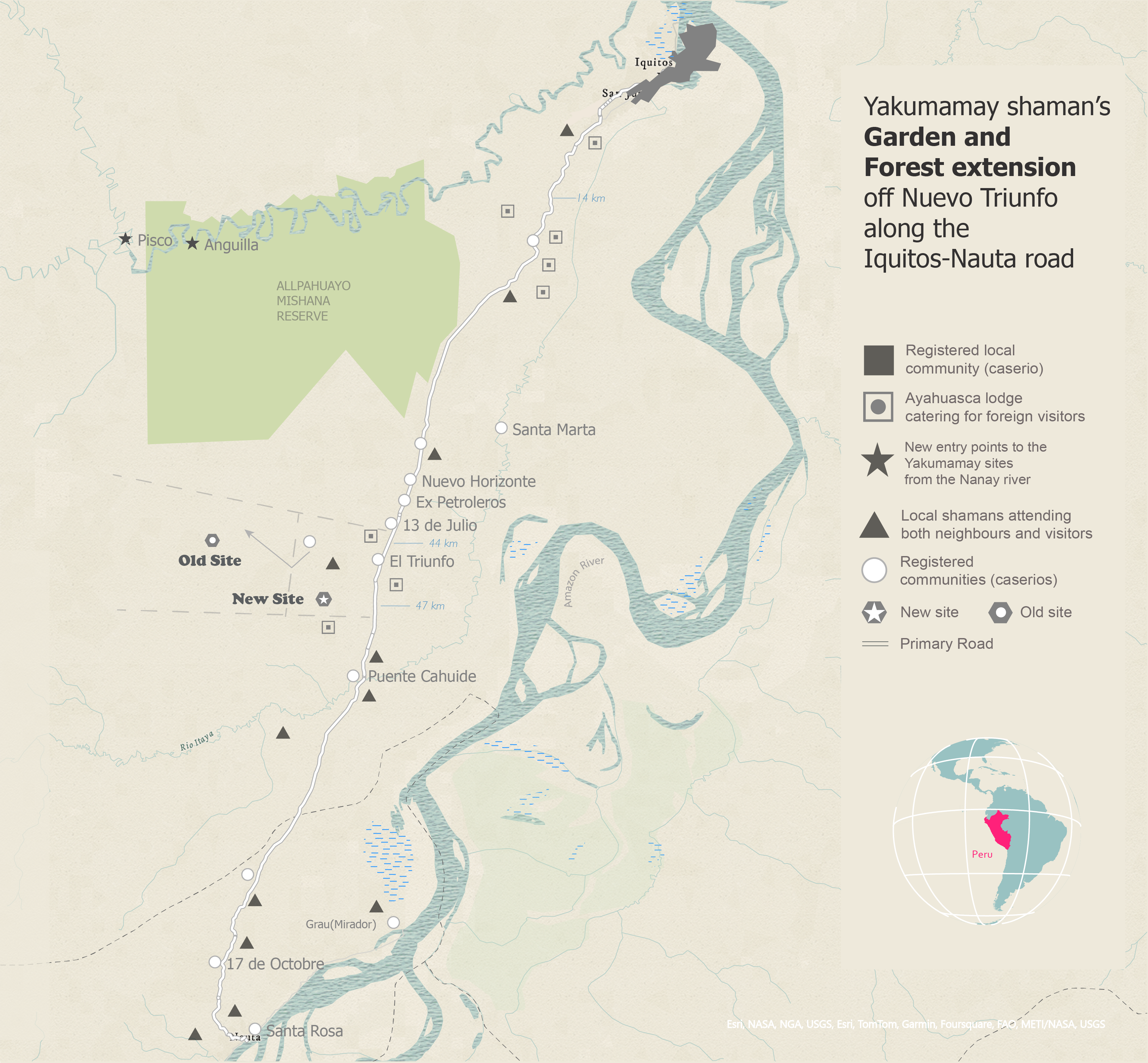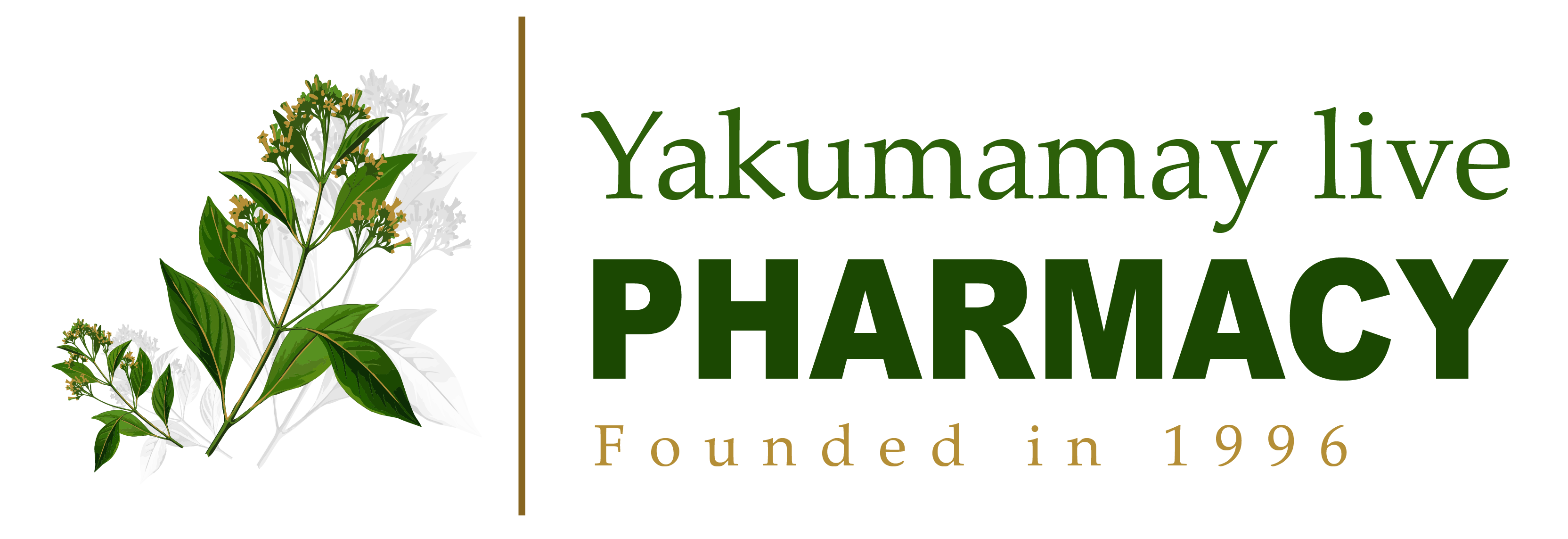The sprawling 6-acre garden that Gilber Chufandama created with his relatives boasts over 300 medicinal plant species arranged to reflect the traditional understanding of their importance and pragmatic priorities. This unique collection includes trees, shrubs, vines, herbaceous plants, and epiphytes.
The garden’s layout amid an old secondary forest area mirrors the traditional arrangement of Kichwa forest gardens around a basic house away from the primary residence. However, it is designed to accommodate the unusual number of plants used in Don Gilber’s repertoire as a shaman, specifically as a Pusanguero, a specialist in using plants to promote luck and reverse bad luck.
A main differentiating feature of this shaman’s garden is the mix of “food plants” and species planted for their resale value together with selected plants in Don Gilber’s shamanic repertoire. Fluidity, diversity, and exploration of plants’ growth in their ecologies contribute to creating a live and valuable ‘postmodern garden’ that doubles as a Live Pharmacy.
The garden is organised loosely in concentric circles. Near the house, the central circle harbours many annuals and perennials in the shade of tall trees deliberately spared in the clearing process. There is an apparent preoccupation with aesthetics, as plants are displayed for vibrant colours and exotic features besides their usefulness as ‘luck plants’. In the next concentric circle, plants may be cultivated or merely tended. Psychotropic plants requiring shamanic expertise are in more secluded spaces, some together and others separately. While luck plants include imports from outside the Americas, most shamanic plants are native to South Tropical America. Finally, the third circle extends into a swamp area seasonally flooded near a small stream that harbours many medicinal trees and vines tended in their spontaneous locations.
The boundaries of the garden are known but not demarcated. Narrow hunters’ paths intersect with trails leading to the 10km boundary of the Triunfo colonisation area, opening into a State Forest area primarily untouched since the Rubber Boom at the turn of the 20th century. There, medicinal barks of canopy trees, which Kichwa shamans engage with as ‘teacher trees’, can be harvested.

The Allpahuayo Mishana Forest Reserve, now extending over 57,000 hectares, was established in 1999 through law (D.S.) Nº 006-99-AG as a national reserve to protect diverse wildlife and unique ecosystems in the Nanay river basin (Napo eco-region). In the 2005 approved categorisation and management plan, livelihood requirements of local communities strongly linked to land entitlements and natural resources management played an essential role. People walking from Yakumamay to the Nanay River follow the Tocón stream, then cut across to reach the communities of Pisco or Anguilla.
Iquitos, Peru is a fascinating city in the heart of the Amazon rainforest. It holds the title of the world's largest city inaccessible by road, reachable only by plane or boat. The city itself is a blend of history and nature, with charming European-influenced buildings from the rubber boom era contrasting with the traditional stilt houses lining the river. It serves as a gateway to the Amazon, with a bustling port and many opportunities for exploring the rainforest's wonders.
More Maps shwoing the location, communities and base
